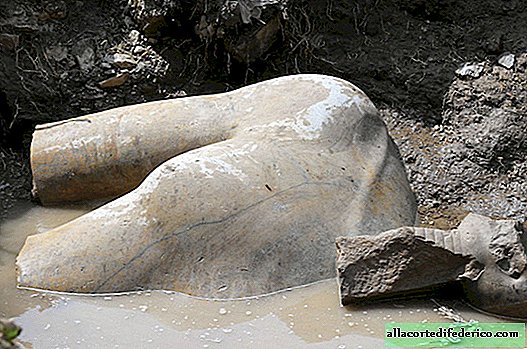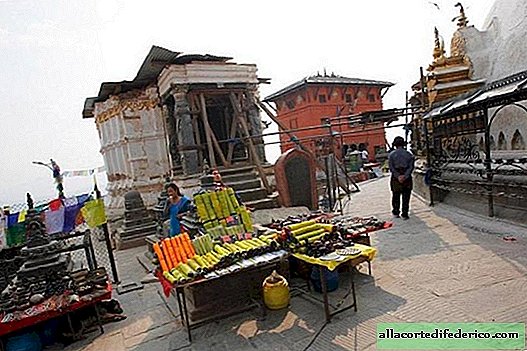Roman dodecahedrons: scientists cannot understand why these inventions served
Scientists have often come across ancient artifacts, the purpose of which makes them perplexed. Hypotheses are made, assumptions are made, comprehensive studies are conducted, but all in vain: modern mankind is not able to understand the ideas of the ancients. A similar story happened with unusual figures, which were called Roman dodecahedrons.

Roman dodecahedrons are small, from 4 to 11 centimeters in size, objects in the form of a regular polyhedron with 12 faces. Most of the found dodecahedrons are made of bronze, a copper alloy, but similar objects from iron or stone are found. Roman dodecahedrons are hollow inside, and their faces have holes in the form of circles, and the circles on the same figure can be of different sizes. In addition, the surface of the figures is often decorated with small balls.


Researchers make various assumptions as to why the ancient inhabitants of Europe created dodecahedrons. It could be candlesticks, devices for engineering work, parts of more complex mechanisms, ritual objects, and even devices for gambling. But, none of these hypotheses is currently proven.


















